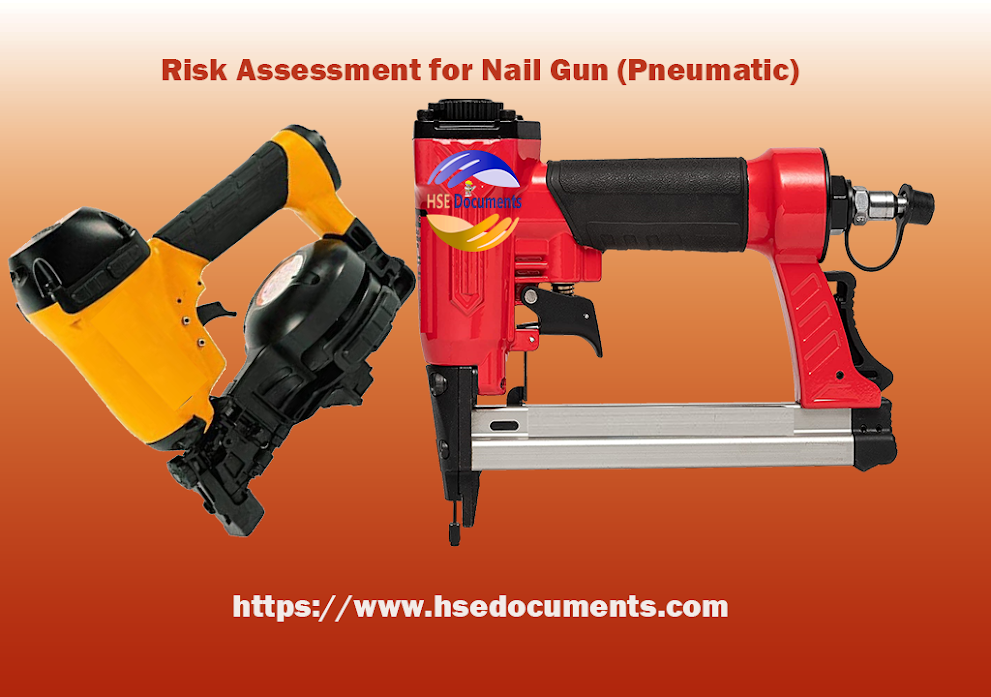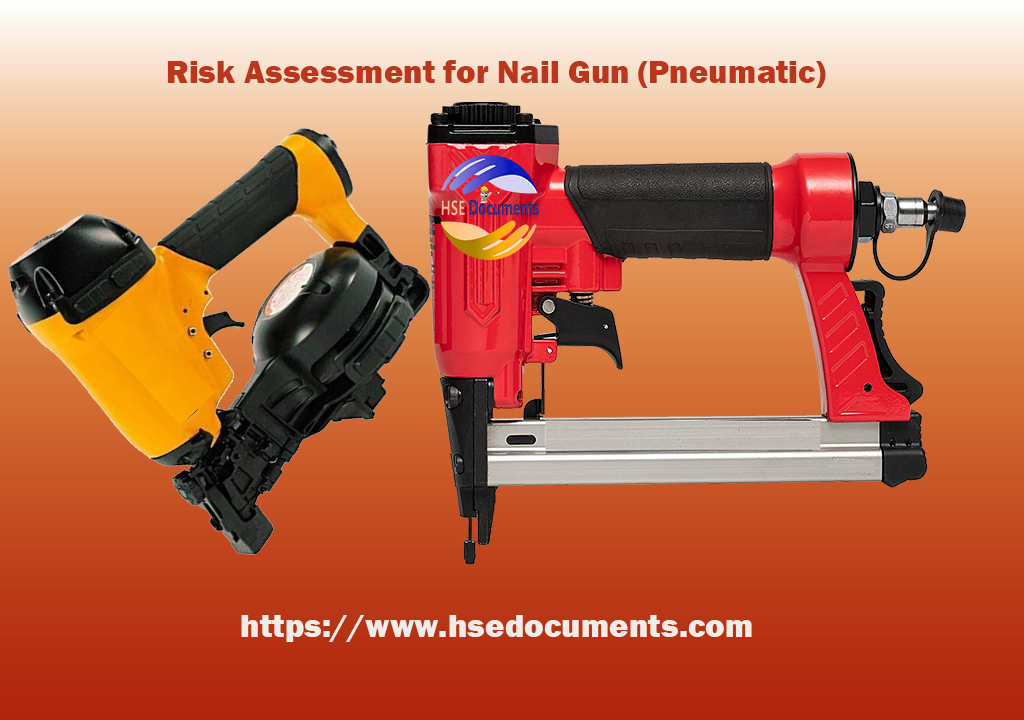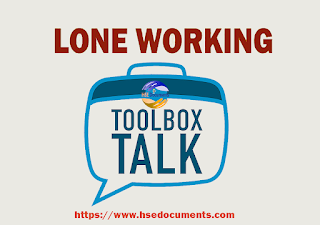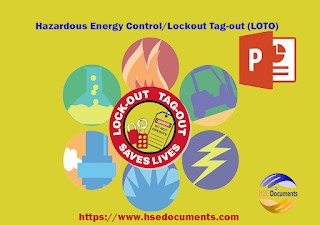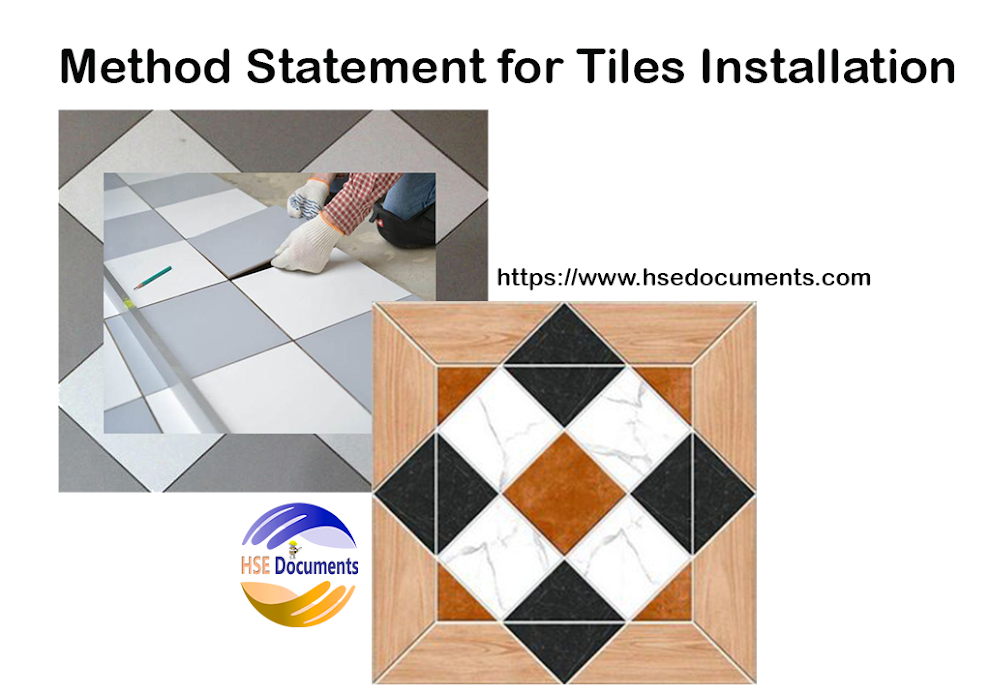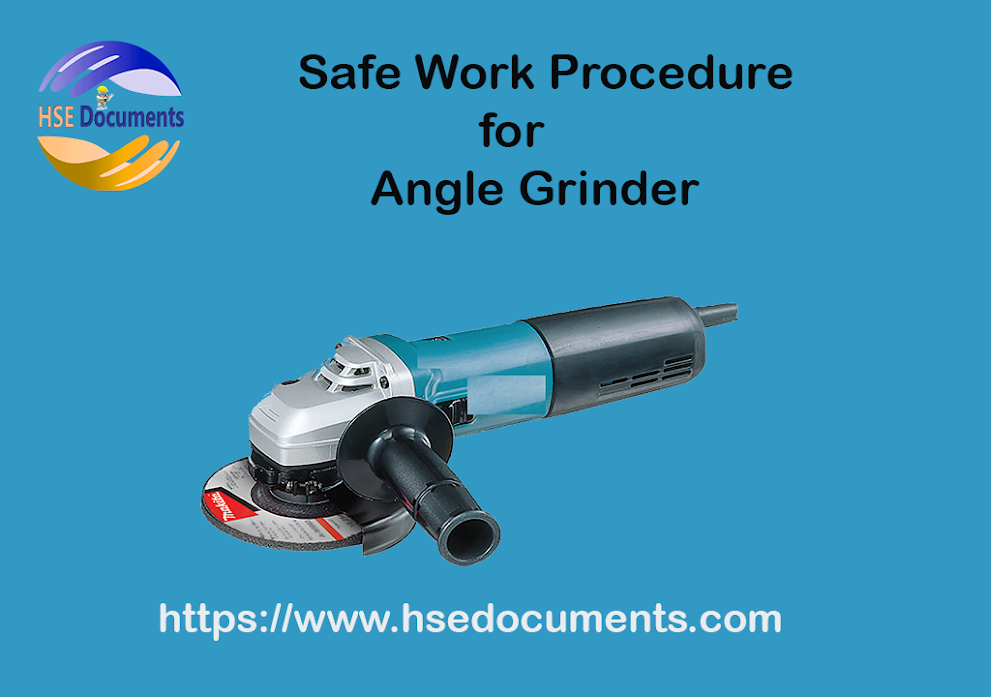Risk Assessment for Tower Crane Installation-Erection
To download a complete and detailed Risk Assessment for Tower Crane Installation-Erection in A3 Word easy to use and editable format, click at the bottom given link or click here at DOWNLOAD FILE. To download more health and safety free documents, keep on visiting the site. To help HSE DOCUMENTS work, kindly share in your social media accounts and your friend’s circle. This site is free for visitors, and you can help us by watching and clicking ads on our website.
ACTIVITIES
1- PRE-COMMENCEMENT ACTIVITIES
- Pre-approval of foundations for the rail system installed at the site, including the electrical supply
- Pre-Commencement Activities (Obtaining Method Statement, J.S.A. and STARRT Form)
- Site preparation Slinging preparation
2- TRANSPORTING MATERIALS
- Ensure the safety of Components of Tower
- Crane from Outside (the crane parts have been dimensioned in such a way that no special transport arrangement is needed)
- Ensure the counterweights on a truck
- Receiving equipment/materials at the site (the reception and unloading of the parts must be performed systematically)
- Unloading Material using Mobile Crane
3- ERECTION and INSTALLATION OF THE RAILING (TRAVELLING CARRIAGE) TO APPROVED FOUNDATION
- The travelling carriage comprised one fixed and two mobile chassis beams which are linked together using PINS & ensure the PINS was attached.
- The boogies must BE LOCKED PROPERLY AND SECURELY to the track rails using rail clamps for the duration of the erection.
- Using mobile crane
- Bolting of the railing
4- ERECTION and INSTALLATION OF CLIMBING CAGE
- Using mobile crane
- Tightening of the loose grate’s screws
- The attached top of the tower and slewing ring with planes are lifted in place and fastened to the tower by a screw joint
- Working at heights
5- GROUND ASSEMBLE OF COUNTER JIB AND SUPPORT BARS
- Using mobile crane
- Bolting, hammering, and screwing
6- ERECTION and INSTALLATION OF COUNTER JIB AND SUPPORT BARS
- Using mobile crane
- Electrical connection
- Working at heights
- Tower top crane assemble
7- ERECTION AND INSTALLATION OF COUNTERWEIGHT
- Using mobile crane
8-ERECTION and INSTALLATION OF OPERATOR CABIN
- Using mobile crane
- Installation of control cables and electrical to the operator cabin.
- Placing a ballast weight into the hook (All jib lengths are balanced with a 2000 kg weight
- Ballast weight)
- Installation/connection of hydraulic system, aggregate, and hoses (including electrical
- supply)
- Climbing and Jacking continued along the climbing cage
- Erecting the tower part (Lock Pin,
- Balancing weight, Special strops, Adjustment devised of the trolley’s transfer rope) use of Tower crane
9- AFTER THE DESIRED HEIGHTS HAS BEEN REACHED
- Fastening of the rope end
- Mounting of the security rope
- Crane adjustment and testing for operation






